Search
Search Results
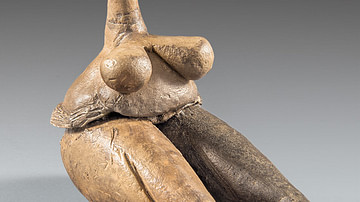
Image
Neolithic Clay Figurine from West Iran
Neolithic clay goddess from Tappah Sarab, Kermanshah, 7000-6100 BCE. Clay figurines of female bodies with exaggerated reproductive organs are among the most common features of prehistoric sculpted art. With famous examples from Venus of...

Image
Neolithic Clay Altar Figurine of a Mother Goddess
Neolithic clay altar figurine of a mother goddess from Tumba Madzari, North Macedonia, the second half of the 6th millennium BCE. Archaeological Museum of the Republic of Macedonia, Skopje. Tumba Madzari (lit. hill of the tomb) is a Neolithic...
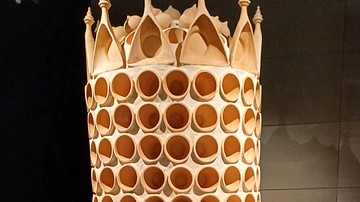
Image
Clay Stove from Central Europe
Replica of a 16th-century earthenware stove with decorative tiles from around Šenkvice. Slovak National Museum, Bratislava. Central European clay stoves emerged in the late medieval period as an evolution of the traditional dome-shaped...
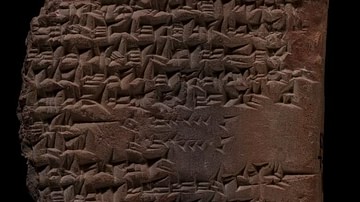
Image
Tablet Describing the Akitu Festival
Fragment of a Babylonian clay tablet, with 16 lines of inscription describing rites in Babylon relating to the Akitu festival. Fragment of the right half, copy of a text containing regulations for making offerings. From the Library of Ashurbanipal...
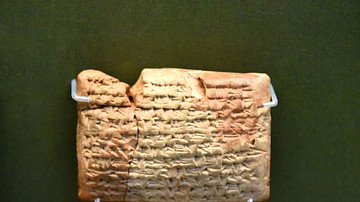
Image
A Mesopotamian Tablet with Gynaecological Recipe Against Miscarriage
A medical recipe was written on this clay tablet to prevent miscarriage. It recommends that a women should wear for 3 days a particular species of dried edible mouse which has been stuffed with myrrh. Probably from Babylon, Mesopotamia, Iraq...

Image
The Atrahasis III Tablet
Old Babylonian clay tablet "Atrahasis III."
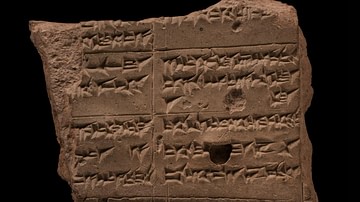
Image
Mesopotamian Tablet with Proverbs
Fragment of a Neo-Assyrian clay tablet, with 8 lines of bilingual text, including proverbs and riddles, from the Library of Ashurbanipal, Kouyunjik, Iraq.
The British Museum, London.
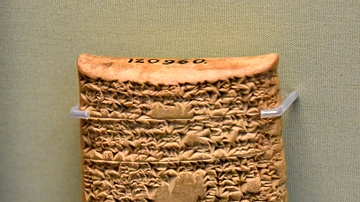
Image
Mesoptamian Tablet Describing Glass Manufacture
From the cuneiform inscriptions on this clay tablet we can conclude that recipes for making red glass were written with a made-up ancient date to give the impression of authority. Circa 1400-1200 BCE. Probably from Tell Umar (Seleucia on...
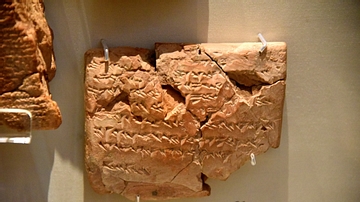
Image
The Latest Dated Cuneiform Tablet in the British Museum
This is the latest datable clay tablet in the British Museum. It gives the monthly positions of the planets in the zodiac signs and the dates of their characteristic phenomena. Dates of solstices, equinoxes, and eclipses are also given. The...
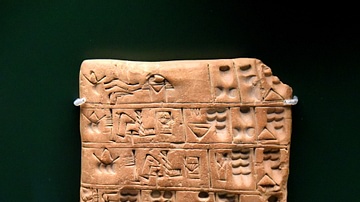
Image
A 5-day Ration List Tablet from Jemdet Nasr
On this clay tablet, the lines are read from left to right and the day numbers appear at the left side (days 1-5). Several different types of rations were issued, possibly bread. Each line mentions the name of the recipient or the destination...